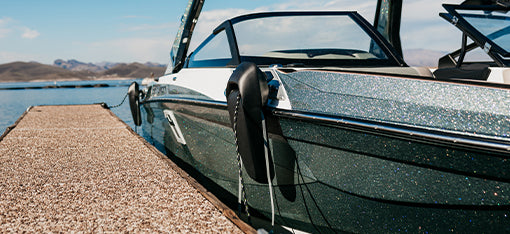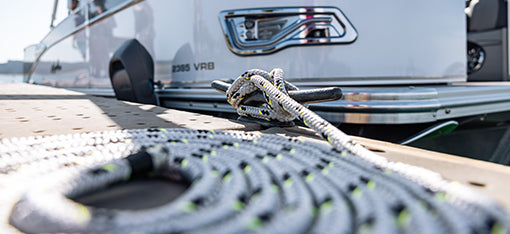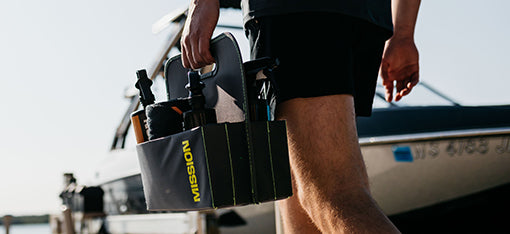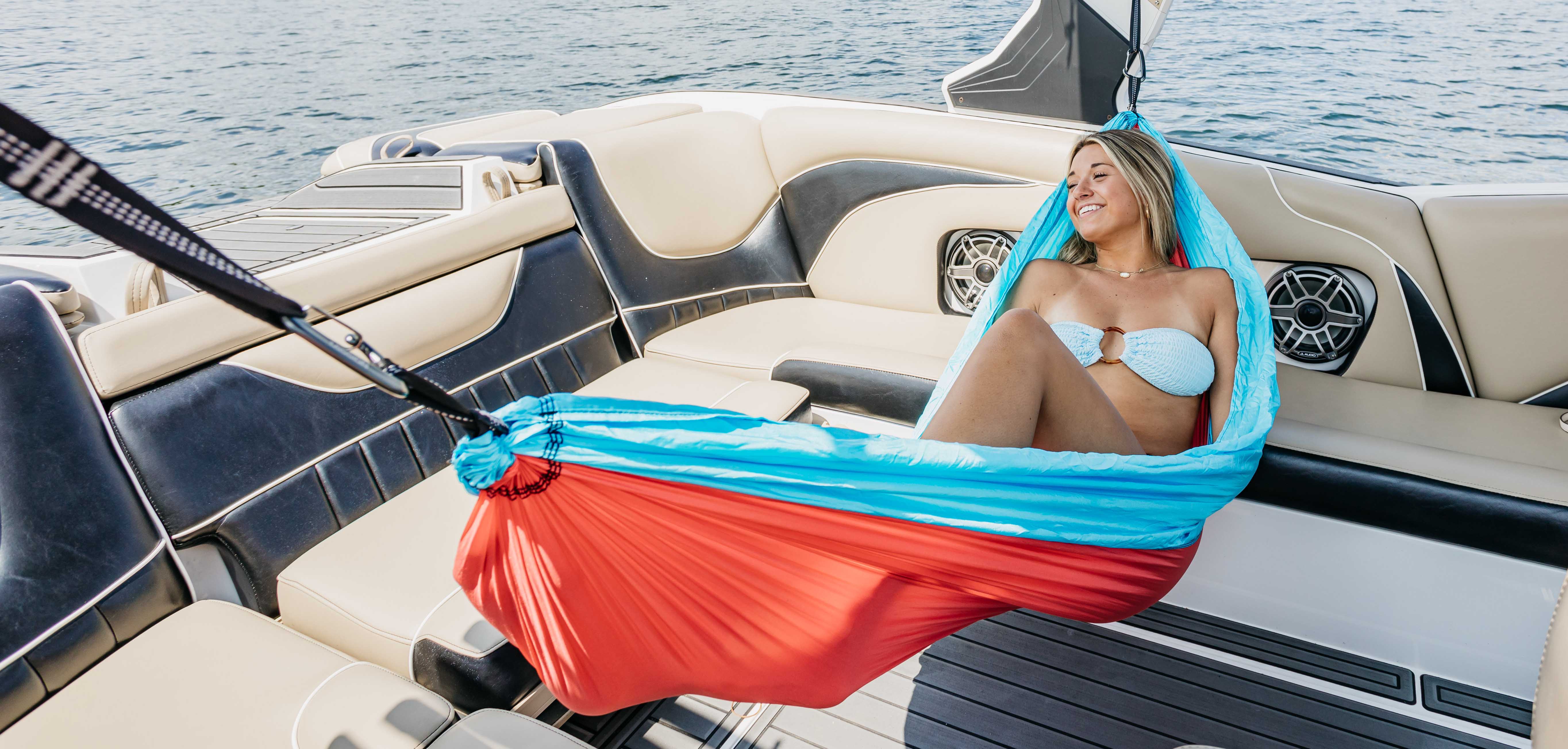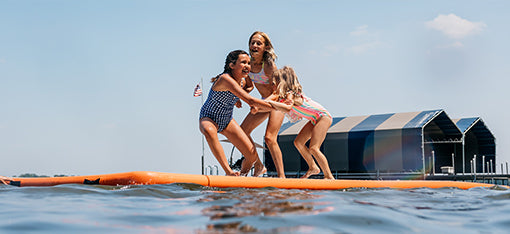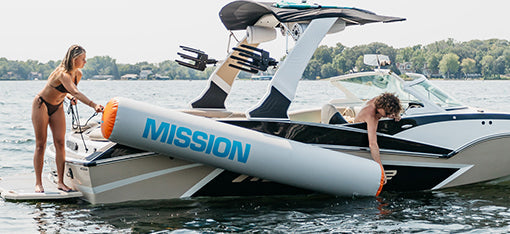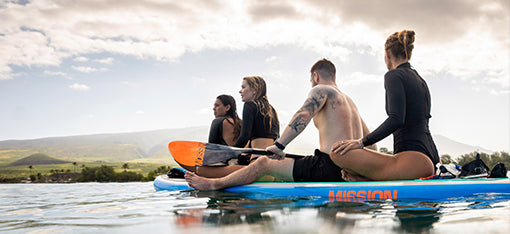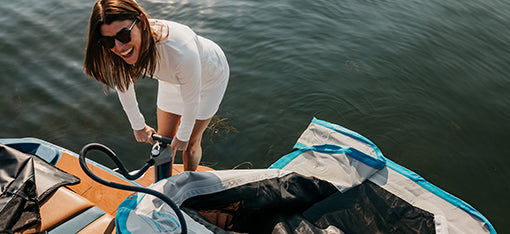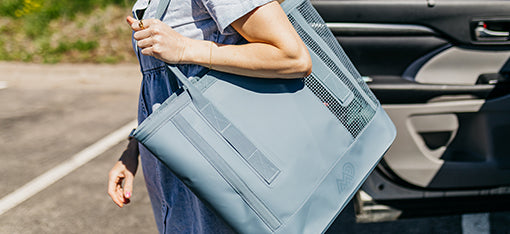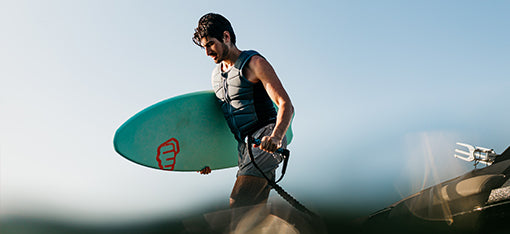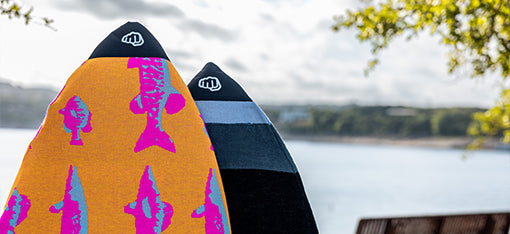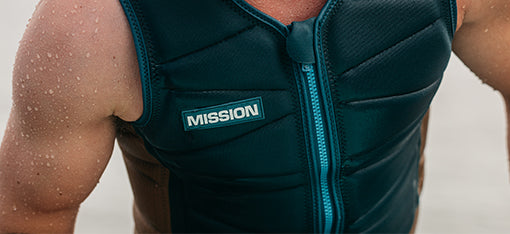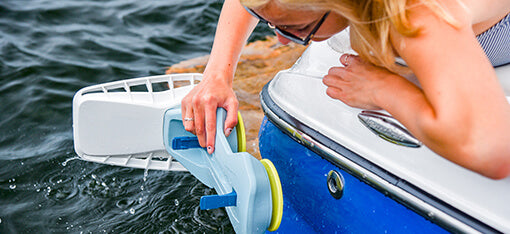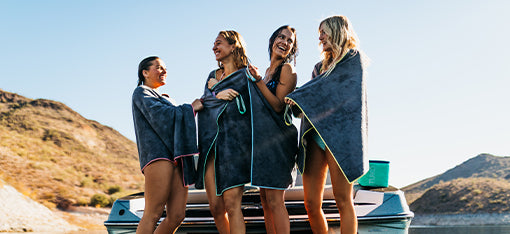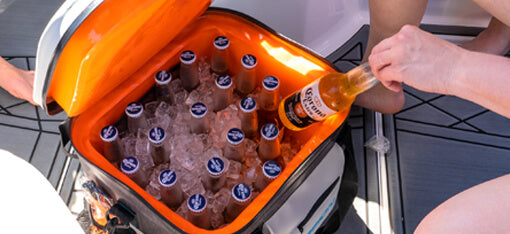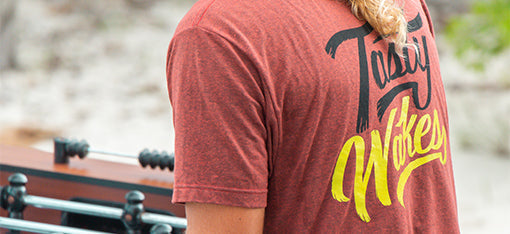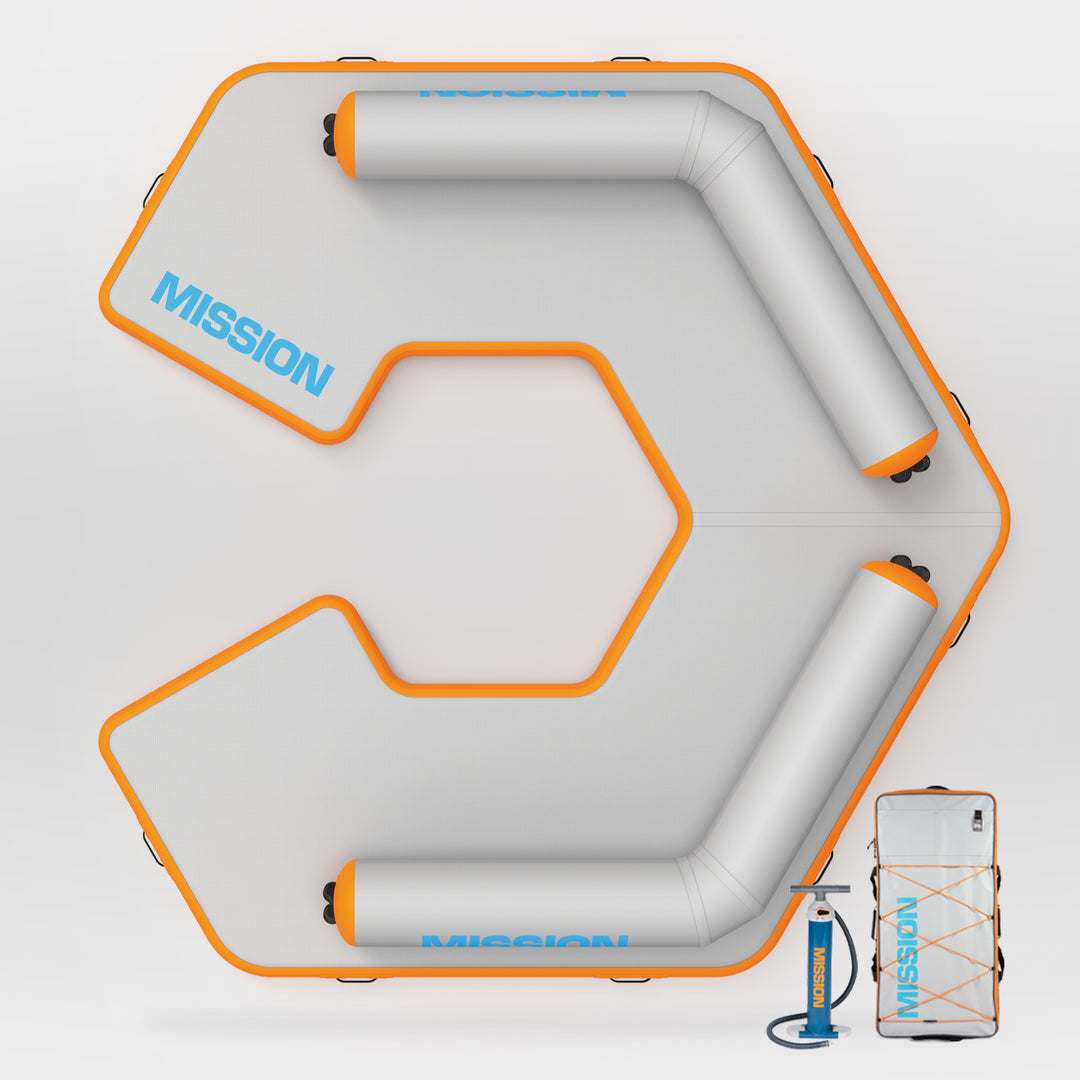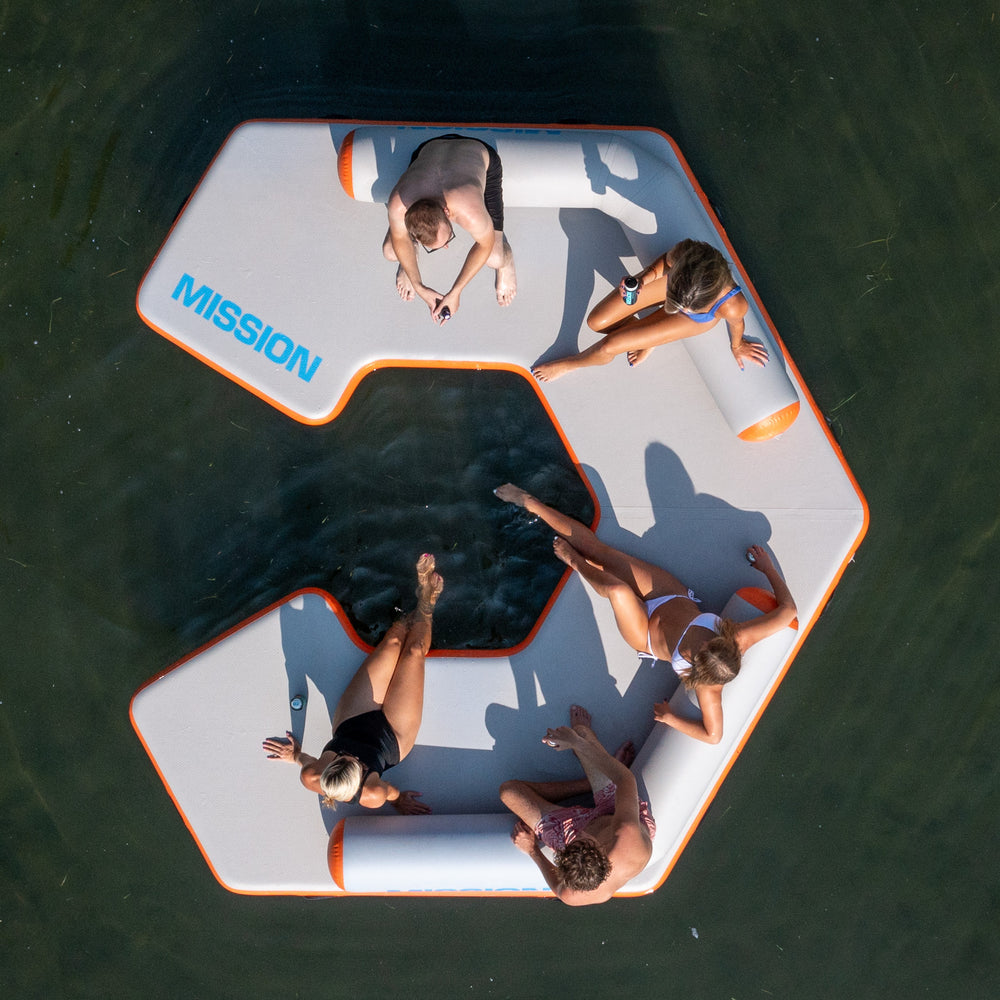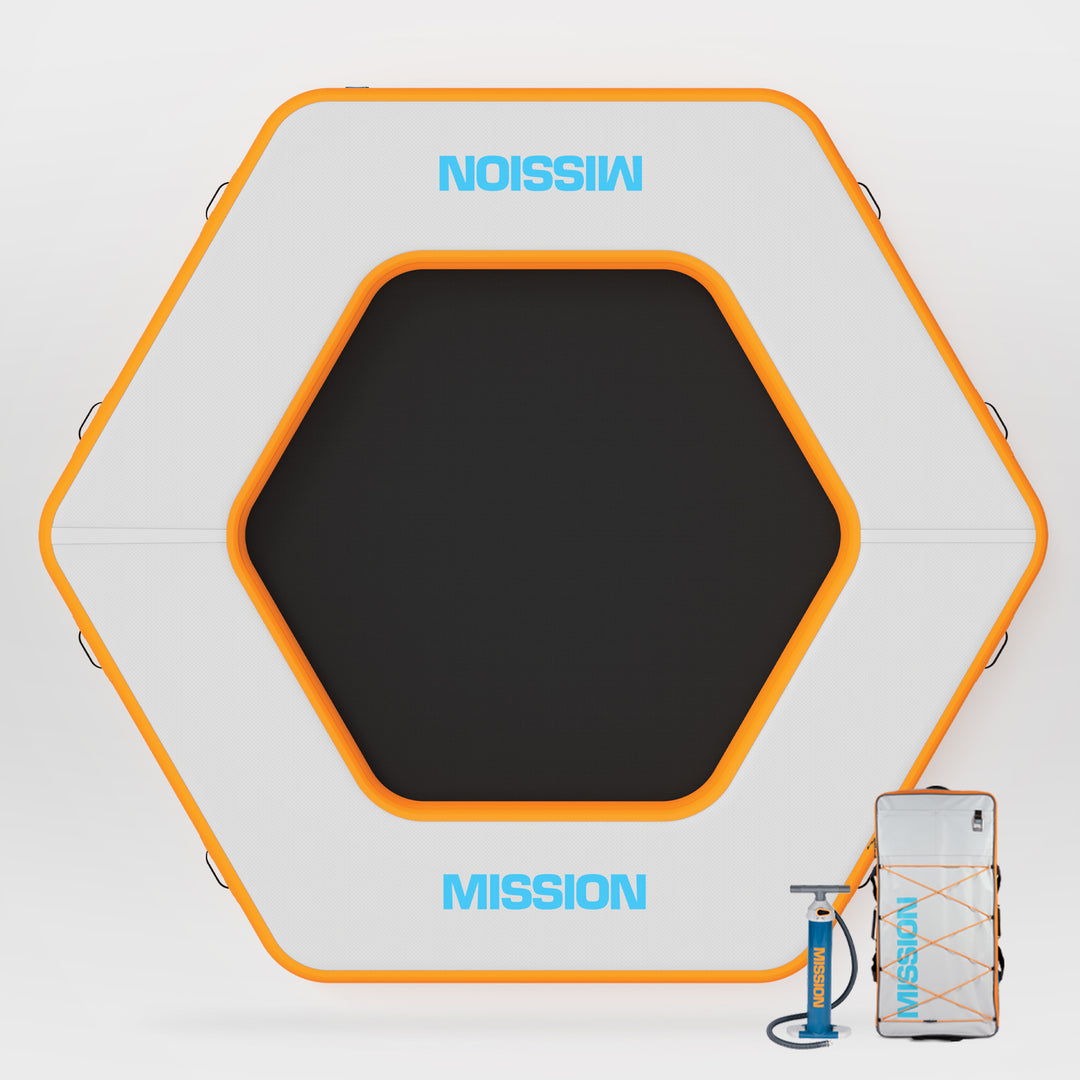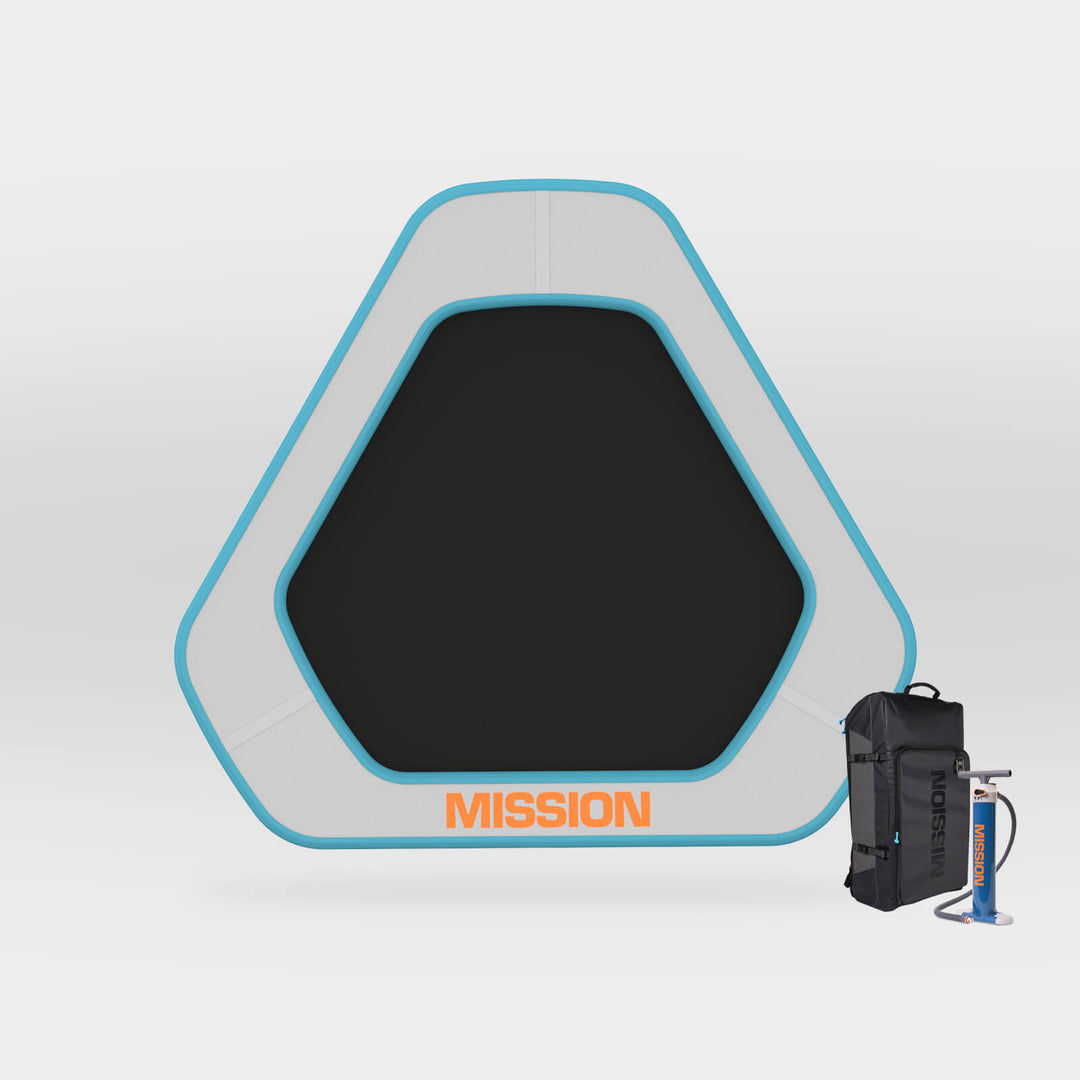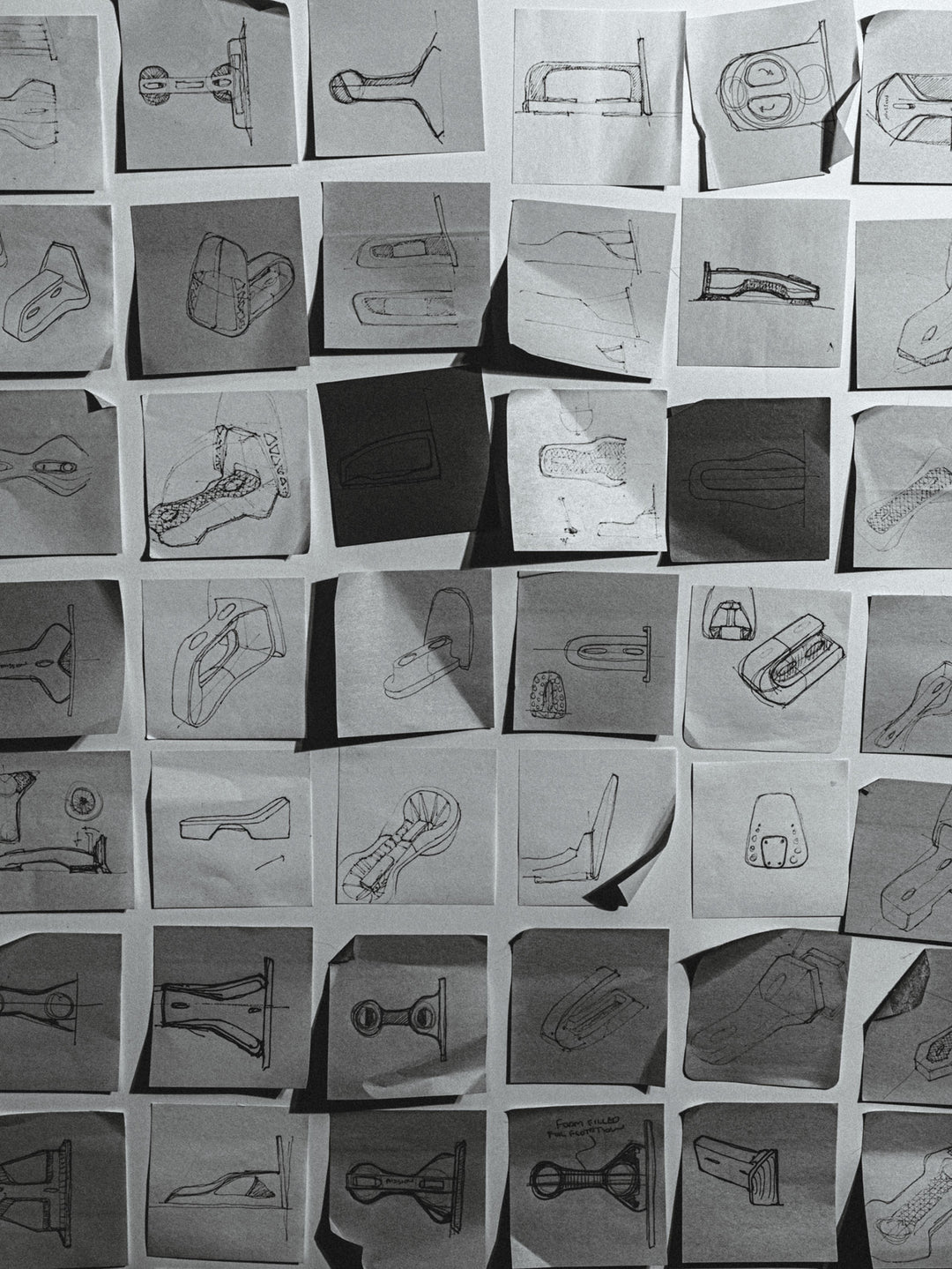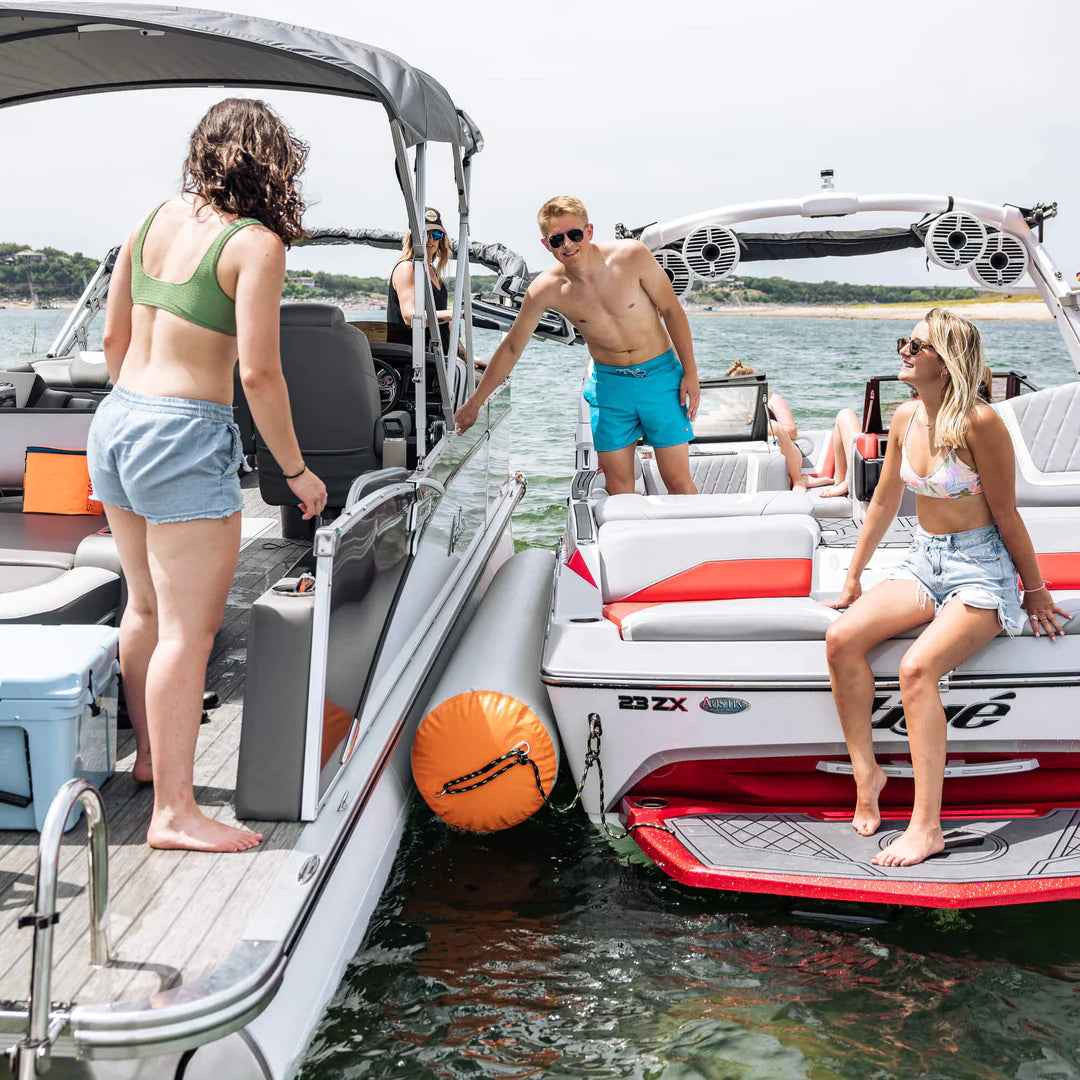Tips and Tricks to Learn How to Wakesurf
So, You Want to Get into Wakesurfing?
Awesome, it’s easier than you may think. It gives you the fun challenge of ocean surfing but provides riders with an endless wave to shred all day long that you don’t need to paddle into. Wakesurfing is fun for all ages and best of all falls are typically casual and pain-free. There’s a lot to learn about all the different types of wakesurf boards, boats, waves, wakesurf systems, and instructional guides so we've outlined the key points for you here in a super concise and comprehensive way.
What Do I Need to Know Before I Go Wakesurfing?
Stance. How do I know if I surf on the left or the right side of the boat?- You need to establish whether you are a goofy or regular rider.
- A goofy rider will surf the starboard (right) side of the boat with their right foot forward and a regular surfer will surf the port (left) side of the boat with their left foot forward.
- If you do other board sports you probably already have this down. If not, there is a simple exercise you can do to determine which type of rider you are. It’s called the “push test”.
- Stand up with feet shoulder width apart and close your eyes. Have someone stand behind you and lightly push you forward. Whatever foot moves forward first would be the back foot on your surfboard.
- This is just a general rule of thumb so sometimes after you hop in the water and try a stance you might find that it feels very uncomfortable. If that happens, try switching your stance to the other direction.
- As a new rider, you’ll want to grab a beginner surf-style board. Typically we recommend you size up one board size. A wakesurf board on the larger side gives more surface area in contact with the water allowing for an easier board pop-up and a more stable ride. Thin boards will be easier for beginners. Thick surf-style boards have too much flotation which makes it difficult to sink the board into the water when you’re getting started. Also, look for taller center fins in the 2 to 3” range. This will make the board more stable and track straightforward.
- Competition vests are great when you are cruising the line because they are lightweight and offer more mobility for spins and tricks. We recommend using a Coast Guard Approved life jacket when you are learning. The extra floatation helps keep your head and shoulders above the water. No one enjoys the newbie full-face flush.
- A great wave starts with the right boat. Inboard tow boats are best suited for the task. They have a nice hull shape, and the prop is way under the boat which makes surfing safer. If you don’t have a wakesurf shaping system, you’ll want to pick up a wakesurf shaper like DELTA 2.0. Getting the best possible surf wave is a function of the boat shape/type of surf system, ballast amount and location within the boat, and boat speed. For a more detailed explanation of this be sure to check out our other blog post about this. For a quick look here’s a photo of a nice surf wave taken at about 11mph.

What Do I Need to Know About Getting Up on a Wakesurf Board?
Orientation. Which way do I point the tip of the board when sitting in the water?
- If you are regular, the front tip of the board should be pointing left. If you are goofy, the front tip of the board should be pointing right.
- Typically you want to center your weight over the longest centerline of the board. When you’re just getting started, place your heels slightly closer to the heel side of the board. Having your feet positioned more on the heel side of the board will make it easier for the board to tip up onto your feet when trying to get up.
- Start by centering your weight over the short centerline of the board. Go with a nice wide athletic stance. Leaning forward and backward controls the board's speed so having a wide stance gives you more leverage to speed up and slow down.

Body Position. Arms straight, knees bent, upper body back.
- Keep your arms straight the entire time you are getting up. Many people try to pull themselves up or pull themselves toward the boat. This will cause you to fall back every single time. Keep your weight back and let the boat do the work.
Getting Up. What do I do as the boat begins to accelerate?
- Using your heels, push down on the board to sink the heel-side rail into the water which causes the board to pivot up against your feet.
- This action is similar to having someone pull you up off the floor when sitting directly on the ground. It is essentially the same process.
- Keep your knees bent as much as possible until you are up on top of the water. Do not extend your legs like you are doing a squat to push yourself out of the water.
- Keep your arms straight the entire time, and do not pull yourself towards the boat. New riders tend to pull the handle to their chest. This will cause you to fall back almost every time. Instead, make sure both arms are fully extended when you have the rope in your hands.
What Do I Need to Know When I Am Surfing with the Rope?
Maneuvering. Once up, how do I speed up and slow down?
- Leaning your body weight forward will make the board accelerate toward the boat. Leaning back will cause the board to decelerate moving you to go back further on the wave. Learning to stay in the wave continuously requires finding the perfect balance point on the board. If you find yourself sliding off the back of the wave you can also extend your arms towards the boat to shift your weight even further forward.

Now how do I steer and carve?
- To move closer to the wave, apply more body weight onto your toes and lean towards the wave. This will make the wakesurf board track up the face of the wave. Conversely, to move away from the wave, apply more weight onto your heels.
Upper Body Position. You should face the wave, not to the back of the boat.
- A trick for this is to release your inside hand (right hand for regular riders and left hand for goofy riders) from the surf rope handle and only hold the surf rope with your outside hand. This will square your shoulders to the wave and help you ride down the line of the wave.
How do I know if I am surfing the wave or being pulled by the boat?
If the rope has slack, you are being pushed by the wave. If the rope is tight, you are still being pulled by the boat.
What Do I Need to Know When I Am Ready to Surf without the Rope?
Complete Control. You’ve mastered the art of moving forward and backward on the wave.
Before dropping the rope handle you need to be comfortable moving around on the wave. You should be able to continuously keep slack in the surf rope. You should not need the rope to catch back up with the wave when you start sliding backward.




